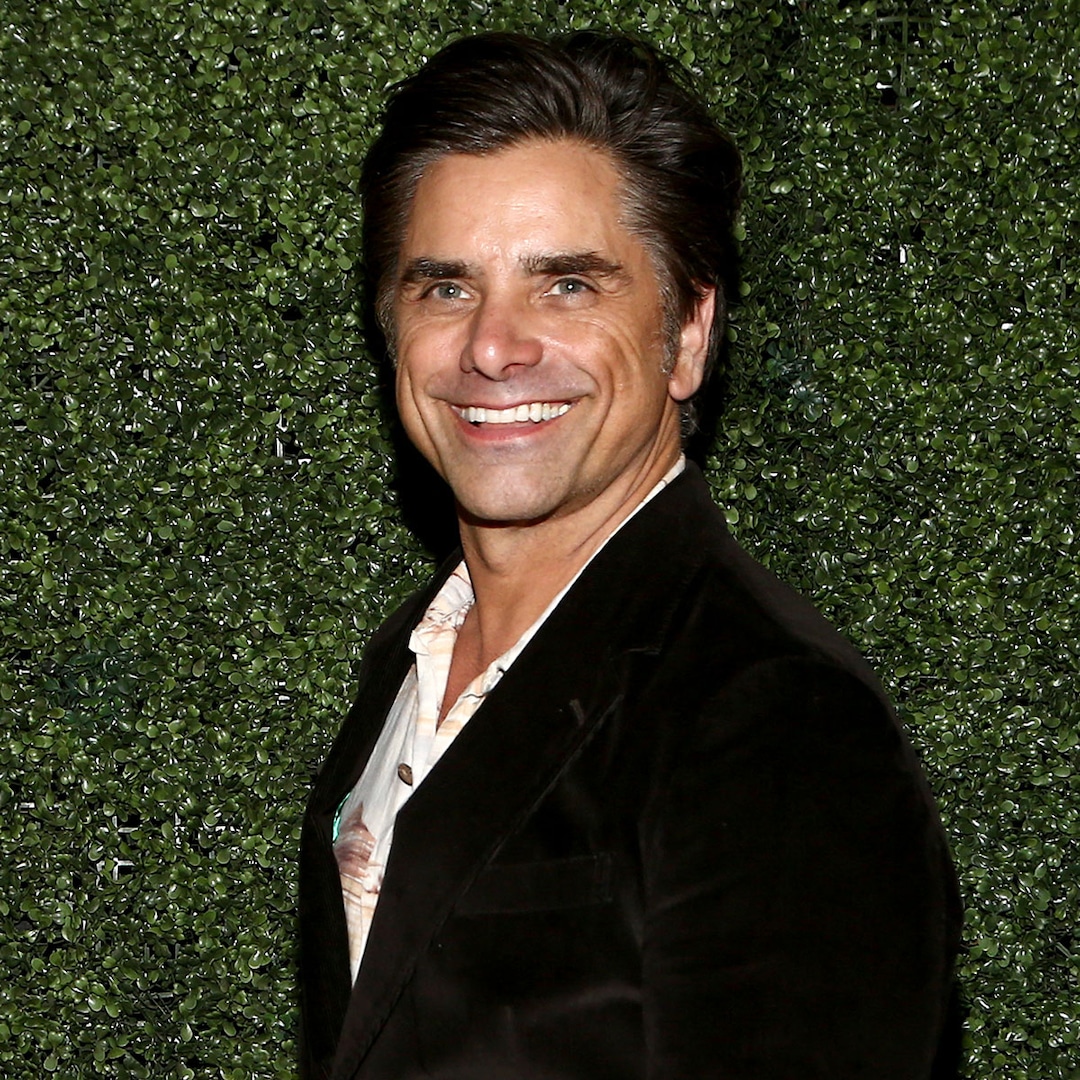Culture
In Neil Gaiman’s ‘Silver Age,’ Miracleman Is a Hero Out of Time

MIRACLEMAN: THE SILVER AGE, by Neil Gaiman and Mark Buckingham
No contemporary fantasist finds as much texture in the anxiety of children as Neil Gaiman.
Kids understand rules and consequences long before they understand reason and proportion, and Gaiman’s most effective supernatural horrors are unleashed on children as a consequence of some arcane or deliberately unfair rule.
In “Coraline” and “The Ocean at the End of the Lane,” not-quite-comprehensible monsters pursue young protagonists, who seem to suspect that they sort of deserve it. In one story from “The Sandman,” children are brought from the depths of Hell itself back to the boarding school where they died, only to find that their fortunes have not necessarily improved. (That story is now the basis of a new Netflix show, “Dead Boy Detectives.”)
Now, in THE SILVER AGE (Marvel, 216 pp., $24.99) the long-awaited second book of a planned Miracleman trilogy, Gaiman’s lead character is a young man, caught between the terrors of childhood and adulthood, who must reckon with what kind of person he will try to be. The nightmares in “The Silver Age” aren’t as deliberately unknowable as those in Gaiman’s other classics — and it’s to Gaiman’s credit, and the artist Mark Buckingham’s, that the cruel monsters and sweet temptations in the book remain just as evocative and ambiguous.
The resumption and completion of “The Silver Age” is something of an event among the literati (comics phylum). The Miracleman franchise went on an abrupt hiatus in 1993 while two chapters into a planned six. Eclipse Comics, the series’ original American publisher, went bankrupt, and a daunting snarl of contractual problems subsequently presented itself to the book’s rights holders. The story (originally “Marvelman”) was a reboot of a British book from the 1950s, and the untangling process eventually satisfied moral and financial debts to the writers and artists who had dreamed it up. But that process kept the series unfinished — and out of print — for decades. The third chapter (now of seven) came out 29 years later, in December 2022.
Comics were not quite respected as mainstream adult entertainment in the early 1990s — “The Sandman” and several of its sibling series at Karen Berger’s DC Comics imprint, Vertigo, were rare exceptions — and Miracleman was another intriguing outlier.
Under the series’ previous writer, Alan Moore, a Supermanlike hero named Miracleman, who had lived a hardscrabble civilian life as a freelance journalist, abandons his secret identity, deposes world leaders, establishes free universal public services and maintains a benevolent dictatorship alongside his superpowered consort, Miraclewoman (his liaison with Miraclewoman gets our hero dumped by his wife).
The hero’s unchecked rise is challenged only by a much-abused former kid sidekick, Johnny Bates, who embarks on a Boschian rampage before Miracleman finally kills him.
Though in superhero comics, death rarely takes the first time.
Throughout his run with Miracleman, Moore had dealt sensitively with heady themes, especially how power should be wielded, and how cruelty to children affects the adults those children become.
Gaiman, whose work Moore knew well — he had assisted Moore on his and Dave Gibbons’s landmark series “Watchmen” — was a handpicked successor, and he would revisit those themes, circling the core question Moore had posed: Could ultimate power, outside pure fantasy, ever be good?
In Gaiman and Buckingham’s first book, a cycle of interconnected short stories called “The Golden Age,” they prod at the wonderfully solid details Moore offered near the end of his story. Andy Warhol, not long dead in 1993, was said to be living again, resurrected as 18 robots underneath Miracleman’s palace; this was an intriguing enough datum for a full episode, beautifully drawn and collaged by Buckingham using chalk and photostats, and written by Gaiman from Warhol No. 6’s perspective.
In “The Silver Age,” the authors take a harder look at the idea of a benevolent planet-tossing superhero. Another of Miracleman’s former sidekicks, a young man named Dickie Dauntless, is resurrected from the distant past of 1963, and weighs Miracleman’s utopia in the balance of his outdated sensibilities. Our hero is a man out of time in a book out of time: “Miracleman,” oddly adult, oddly conversant with a now-distant era of superhero comics for kids, is back. Is its moment over?
No, thankfully. Or rather, yes, insofar as the corporate appetite for such stories is concerned, but more’s the pity, because the series now speaks not just to the hinterlands of comic fandom but to people who enjoy quippy Marvel flicks and stylishly grim Batman movies, too.
Since the series’ strange hiatus began, Marvel Comics — now the Miracleman publisher — and DC Comics have produced so much mainstream entertainment that their heroes must keep having adventures packed with incident and pathos and dizzyingly high stakes, and those adventures must also be contiguous with those of all the other heroes. There are still beautiful comics about Doctor Strange and The Fantastic Four, but the better they are, the more distant they seem from these shared universes.
It is hard to imagine a realm of toyetic intellectual property that could tolerate Dickie Dauntless. (That’s a compliment.) He is both charmingly naïve and a product of his era in endearing, unfortunate ways. Gaiman had teased his return throughout the original run of “The Golden Age,” and now he and Buckingham shift away from employing multiple narrators as in that story to using Dickie’s perspective, putting us on his side very quickly. We bite our nails as he gapes in wonder at the immodestly dressed women, by 1963 standards, and people of color among the godlike gentry who make up his old chum’s royal court in this new world.
Will Dickie say something ugly or clumsy? Will he lose his mind? Moore suggested that Dickie was gay and closeted; will he embrace the freedom to identify as himself, or will he tragically reject it?
Dickie turns out to be, blessedly, more complicated than that. Gaiman and Buckingham don’t merely add filigrees to Moore and company’s initial, colossal construction; instead, they contend that some problems are inescapable under even ideal circumstances.That thread runs through “The Golden Age,” too: If a god runs the planet, can you get him to bring your dead loved ones back to life? If governments are abolished, what happens to spy agencies? When a couple splits up in a utopia, who gets custody of the kids?
These troubles affect little people who may need to change the world, but, like most of us, can’t. Dickie, by contrast, has plenty of power, but unlike Miracleman, remembers what it’s like to feel helpless.
The heart of “The Silver Age” is a raw chapter about Dickie’s life in an orphanage. Up to this point, Buckingham has treated the reader to beautiful, complex layouts that often stretch across two pages, and a kind of unobtrusively realistic figure drawing that emphasizes his characters’ beauty. Suddenly, Buckingham’s layouts are square and standard, the colorist Jordi Bellaire mimics the Ben Day dots of a predigital comics story, and the people are no longer uniformly beautiful. It is no longer the world that hangs in the balance, but one little boy.
All the sequence’s details make the odd sci-fi heaven that frames it seem suddenly less real by comparison: Gilbert and Sullivan lyrics, unwanted ice cream dripping obscenely onto a boy’s hand, the reverse side of an Edwardian half-crown. These are the indelible images that a child associates with things they want to forget, and never do, and so those bad memories are conspicuous by their absence from children’ fantasies. To confront them is to confront a world outside childhood — and join it.
Miracleman has simply left his humanity behind, declaring himself a god instead. At the end of “The Silver Age,” Miracleman entreats Dickie to “become part of my pantheon.”
Less skeptical writers than Moore and Gaiman declare that superhero media has given us modern gods, and their adventures are our myths. I generally disagree but am forced to admit that for superheroes to fight the same battles for generations without aging or learning anything is a crueler punishment than even Zeus could have dreamed up. Miracleman offers a version of this state of permanent adventure to Dickie, too, should he dislike the idea of apotheosis.
With “The Sandman,” Gaiman was the last person to bring a successful ongoing sorta-superhero series, set among DC’s unwashed masses of licensable gods and hard-working monsters, to a satisfying conclusion. In it and in his Miracleman stories, there is a kind of longing for an exit, both from the imaginative worlds that the characters are outgrowing, and for the readers, who must put aside childish things and begin to know themselves.
Perhaps inevitably, this long-awaited story ends on another cliffhanger: Dickie comes to conclusions about how to address his old friend’s autocracy, but he keeps them to himself. The question, as a fellow super-being puts it neatly at the beginning of the book, is not whether or not authority should be used, but to what end. Dickie, Miracleman and Miraclewoman all have great power, but they have neither real freedom nor Spider-Man-style great responsibility — merely a choice of roles, imposed on them at their most helpless.
“The real difficulty with being a god is which model one follows,” observes Johnny, the former Miracleman sidekick who decided to become a destroyer deity during the series’ previous cycle. “It’s simply not something one is taught in school. One is forced to pick it up as one goes along.”
This, of course, is the problem with being a child, too.
MIRACLEMAN: The Silver Age | Neil Gaiman and Mark Buckingham | Marvel Universe | 216 pp. | $24.99






















